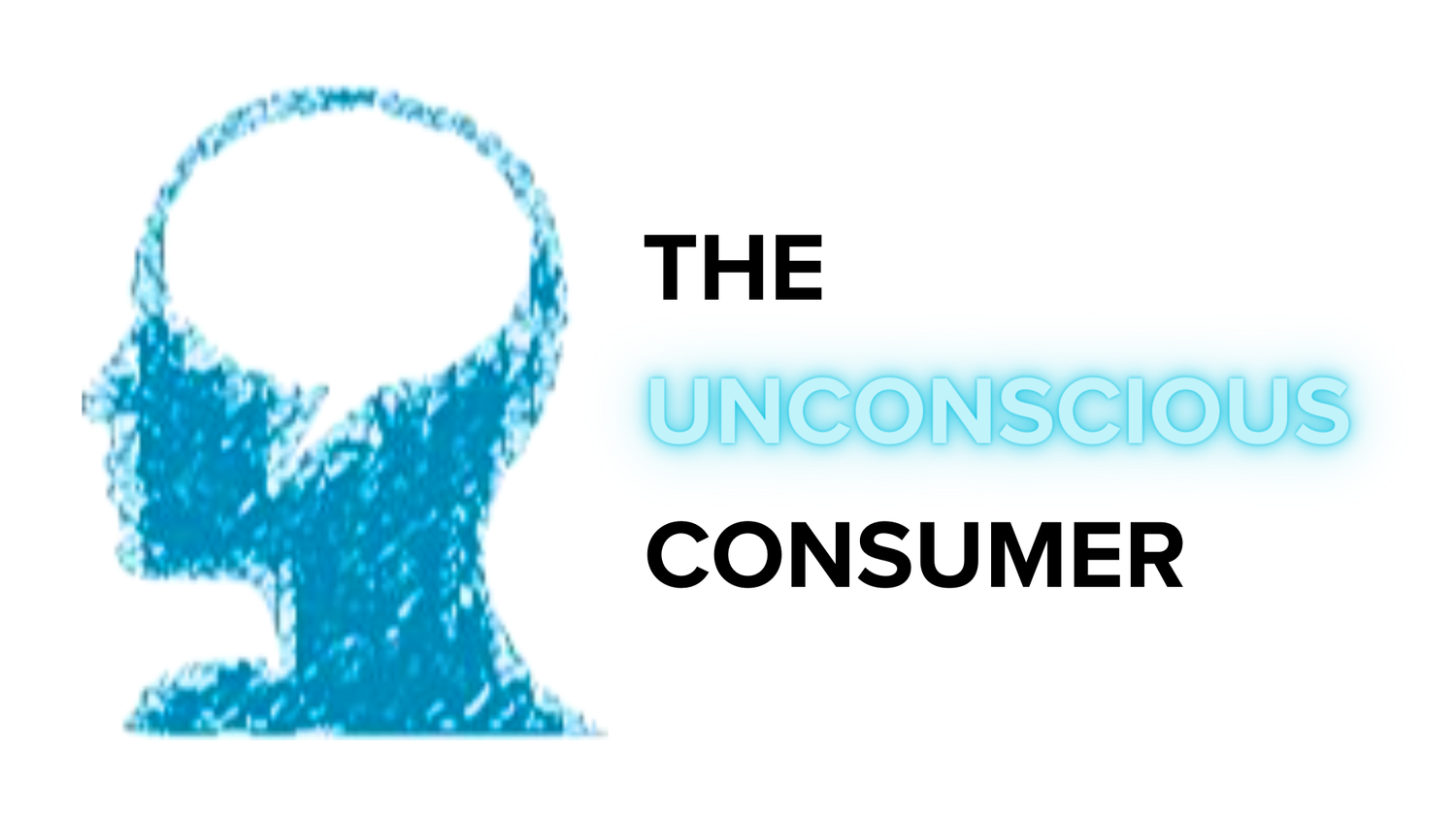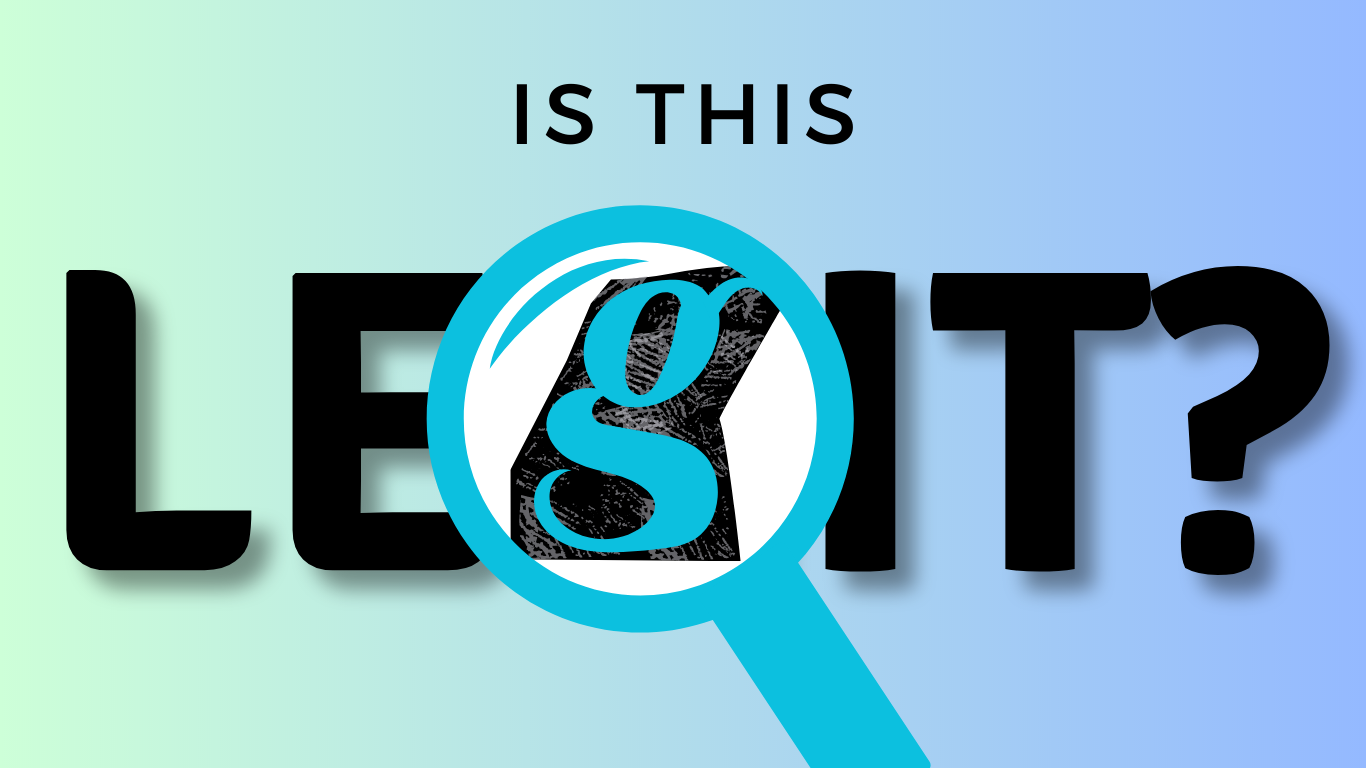From Page to Practice: Applying 'Thinking, Fast and Slow' to Consumer Behaviour
Welcome to the inaugural post of the "From Page to Practice" series, which explores the practical applications of behavioural economics principles outlined in foundational literature. Our first article delves into the insights shared in "Thinking Fast and Slow," authored by the esteemed Daniel Kahneman, widely regarded as the godfather of behavioural economics.
Daniel Kahneman's groundbreaking book, "Thinking, Fast and Slow," has captivated readers worldwide with its exploration of two contrasting systems of thought: System 1, fast and intuitive, and System 2, slow and deliberate. Each system profoundly influences our judgment and decision-making. In this article, we will delve into these two systems and see how their dynamics play out in various industries, from e-commerce and real estate to fitness and software-as-a-service.
Thinking Fast and Slow by Daniel Kahneman
The Two Systems: Understanding Consumer Decision-Making in the E-commerce Industry
At the heart of Kahneman's theory lies the interplay between System 1 and System 2. System 1 operates automatically and quickly, with little or no effort and no sense of voluntary control. System 2, on the other hand, allocates attention to effortful mental activities and is often associated with the subjective experience of agency, choice, and concentration. These two systems coexist within us, each impacting our decisions and behaviours.
Amazon's 1-click ordering system, for instance, taps into our System 1 thinking. The platform reduces the purchase process to a single click, circumventing the slower, more deliberate System 2 that might second-guess the decision.
These insights from Kahneman's dual-system theory can be applied in a variety of business contexts beyond Amazon:
Interactive Customer Scenarios: A more innovative way of leveraging System 2 thinking would be through interactive customer scenarios or simulations. For example, a car insurance company could create an online interactive experience where customers walk through several "What if" scenarios (e.g., What if they have an accident? What if their car is stolen?). This would engage the more analytical System 2, allowing customers to see the concrete benefits of different coverage options.
AI-Powered Personalization: Imagine how an online travel agency (e.g. SuperTravel) can leverage AI and Machine Learning to offer a deeply personalized customer experience. Based on a customer's past bookings, search history, and even reviews, the AI can provide personalized travel recommendations that align with the customer's preferences and interests. For instance, the AI could recommend family-friendly destinations for a customer who often books family vacations, or suggest off-beat travel locations for a customer who loves adventure travel. Further, the AI could dynamically adjust promotions and deals shown to the customer based on their travel history and upcoming holidays or seasonal events. This personalized experience could nudge the impulsive System 1, leading to increased bookings.
Immersive Experiences with Apple's Vision Pro: Apple's Vision Pro can pave the way for VR and AR experiences that can significantly enhance the customer experience. For example, an online furniture retailer could leverage Vision Pro to allow customers to virtually place furniture in their own homes using AR. With its advanced object recognition and depth perception capabilities, Vision Pro can provide an incredibly realistic AR experience. Customers can visually and almost tangibly interact with the products, engaging the impulsive System 1 with a visually appealing experience. Simultaneously, this could engage System 2, as customers will have to think more deliberately about their purchase by considering the real-world fit, look, and feel of the furniture in their actual living spaces. Vision Pro's integration with Apple devices could also allow customers to seamlessly transition between devices, offering a unified AR experience.
Anchoring Bias and its Role in Real Estate Pricing
The anchoring effect, a concept central to Kahneman's work, refers to our tendency to rely too heavily on the first piece of information (the 'anchor') when making decisions. In real estate, listing prices serve as potent anchors, influencing both buyers' and sellers' perceptions of a property's worth. Kahneman notes, "Anchoring effects are threatening...because they lead to biases...and can cause people to make poor decisions".
A study by Northcraft and Neale (1987) demonstrates the anchoring bias in real estate pricing. Even professional real estate agents, despite their experience and knowledge, were influenced by listing prices, suggesting that the anchoring effect might be hard to overcome.
Even though real estate is the largest purchase most consumers will ever make, anchoring effects apply to all purchase decisions - both big and small. Here are several examples of how technology companies can give their customers the tools to combat the anchoring effect:
Autonomous Vehicles & Anchoring Bias: Tesla, a leader in the automotive industry and renowned for its advanced self-driving features, could design an innovative car pricing tool that integrates real-time market data and comprehensive vehicle evaluations. This tool could present potential customers with a broad price range and detailed breakdown of costs, helping them to understand the underlying factors that contribute to a car's value. By engaging customers' System 2 thinking, Tesla could help buyers make more informed decisions that go beyond the initial price anchor.
AI-Powered Insurance Underwriting: Lemonade, an AI-powered insurance company, could further refine its use of AI to provide more transparent and individualized insurance quotes. By using AI to analyze a vast array of individual risk factors, Lemonade could present consumers with a detailed breakdown of their insurance costs, helping to mitigate the anchoring effect of initial quotes. This could lead to more informed customers and more fair, personalized insurance policies.
Augmented Reality in Wine Shopping: Vivino, a wine app that uses AI to provide personalized wine recommendations, could integrate AR to enhance its services. With AR, users could virtually "see" a wine's taste profile, origin, production methods, and ratings when they point their phone at a bottle. This could help wine shoppers make more informed decisions by reducing the anchoring effect of the wine's price or label. By focusing on the wine's unique characteristics, users can better understand the factors contributing to its value and make purchases that align more closely with their preferences.
How Kahneman's Availability Heuristic Explains Viral Marketing Success
The availability heuristic, another concept from Kahneman's book, is a mental shortcut that relies on immediate examples that come to a person's mind when evaluating a specific topic. Viral marketing campaigns, like those from BuzzFeed or Old Spice, leverage this heuristic. They create memorable content that readily springs to mind, making consumers more likely to share it and increase its reach. As Kahneman points out:
“People tend to assess the relative importance of issues by the ease with which they are retrieved from memory”
Creating something memorable can still feel like “magic” for brands, but there are other ways to make your customers rely on the availability heuristic. Consider the following use cases:
Immersive Experience with Snapchat Augmented Reality: Snapchat's AR capabilities provide a ripe platform for brands to create memorable, immersive experiences for consumers. By creating branded AR filters that users can apply to their own snaps, brands can become a part of the consumer's personal storytelling, thereby increasing the ease with which consumers can recall and share the brand. For example, a clothing brand could create an AR filter that lets users virtually 'try on' their latest collection and share their looks with friends, increasing brand recall and potential for virality.
AI-Driven Personalized Marketing with Netflix: Netflix, with its vast amount of user data and sophisticated AI algorithms, could create personalized trailers for its original content. By analyzing a user's viewing history, Netflix could highlight aspects of a new show or movie that are most likely to resonate with each individual user. These personalized trailers could make the content more memorable for each viewer, increasing the likelihood of sharing it with their networks and driving viral spread.
Harnessing the Power of Loss Aversion in the Fitness Industry
Loss aversion, the principle that losses have a much larger psychological impact than gains, is central to Kahneman's work. The fitness industry has adeptly applied this principle to retain customers. For example, gyms often charge fees for missed classes. The potential loss of money acts as a powerful motivator, nudging members towards consistent attendance.
Even though the fitness industry has already learnt how to apply the loss aversion principle, there is still potential for innovative ways to encourage their members to stay active, in terms of their lifestyle and as users.
Fitness Wearable Gamification: Fitbit could take advantage of loss aversion by incorporating a gamification element into its platform. Users could earn virtual "health points" for healthy behaviours, like steps walked, calories burned, or workouts completed. Over time, if users do not maintain their healthy activities, they could start to lose their accumulated points. This potential loss, coupled with social sharing features, could serve as a strong incentive for continuous engagement with the product and healthier lifestyle choices, thereby increasing user retention and brand loyalty.
Dynamic Health Insurance Discounts: Oscar Health, an innovative health insurance provider, could offer dynamic premium discounts linked to healthy behaviours tracked through a smartphone or wearable device. The healthier the lifestyle the insured leads (measured by metrics like steps walked, gym check-ins, regular health check-ups, etc.), the greater the discount on their premium. However, if the insured begins to lapse in their healthy habits, the discount decreases or is removed altogether. The potential for loss (in this case, the loss of the discount) could incentivize individuals to maintain healthier habits, improving their well-being and reducing insurance claim costs for Oscar Health.
Leveraging the Endowment Effect in the SaaS Industry
Lastly, the endowment effect, where people ascribe more value to things simply because they own them, is used by many software-as-a-service (SaaS) companies. Adobe, for example, offers a free trial period of its software, allowing users temporary "ownership" of the product. This strategy increases perceived value, leading to higher conversion rates.
Although offering a free trial promotion is common in the SaaS industry, there are still innovative ways to leverage the endowment effect to its fullest potential.
Project "Ownership" with Trello or Asana: Project management tools like Trello or Asana could create a feature where users "own" a project or task within the platform during a free trial period. This could include features like customized boards, unique task workflows, or team management tools. The more the users customize and "own" their project management space, the more they perceive its value and the more likely they are to convert once the trial period ends.
LinkedIn Learning Course Creations: LinkedIn Learning could allow free trial users to create their own "learning paths" using available courses. This personalized learning path becomes something they "own" and value. Losing access to their custom-curated content at the end of the trial period may motivate users to subscribe to keep their learning path.
User-Generated Content on Canva: Canva, a graphic design tool, could encourage free trial users to create and save their own designs on the platform. As users spend time creating unique designs, they develop a sense of ownership of those designs. If users want to maintain access to their creations after the trial period, they would be encouraged to purchase a full subscription.
Conclusion
Kahneman's insights from "Thinking, Fast and Slow" have far-reaching implications, influencing consumer behaviour across various industries. Recognizing and understanding these unconscious influences can help companies better cater to consumer needs and preferences, while also empowering consumers to understand their own decision-making processes.
From the e-commerce industry leveraging the impulsive nature of System 1, the real estate market’s anchoring bias, viral marketing's successful application of the availability heuristic, the fitness industry's smart use of loss aversion, to the SaaS industry leveraging the endowment effect — these strategies all root in understanding the delicate dance between Kahneman's two systems of thought.
By illuminating the unseen forces shaping our decisions, we become better equipped to navigate the market — as consumers and as businesses, making the invisible visible and the unconscious conscious.
Want to share your thoughts? Feel free to share them in the comments section below or on social media.















